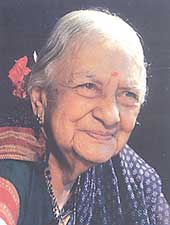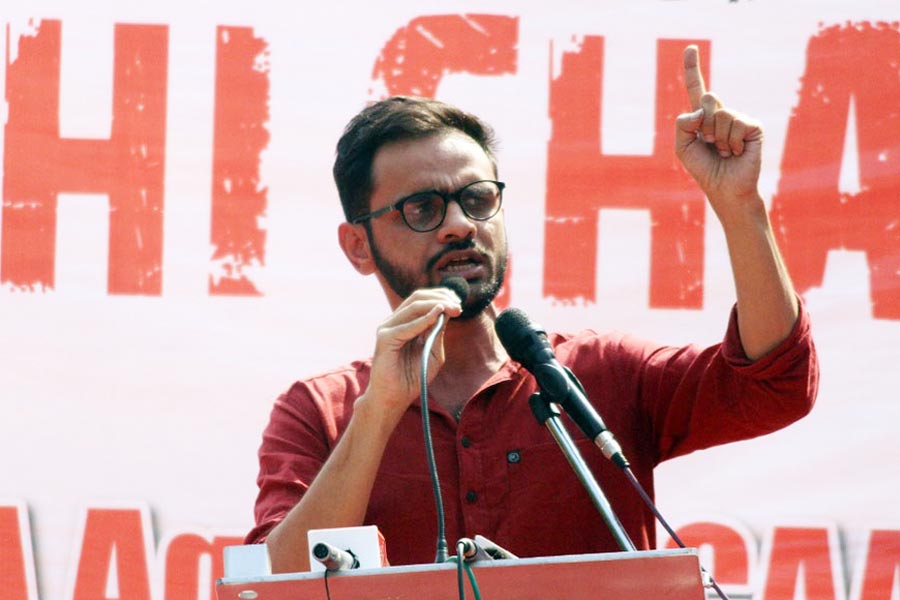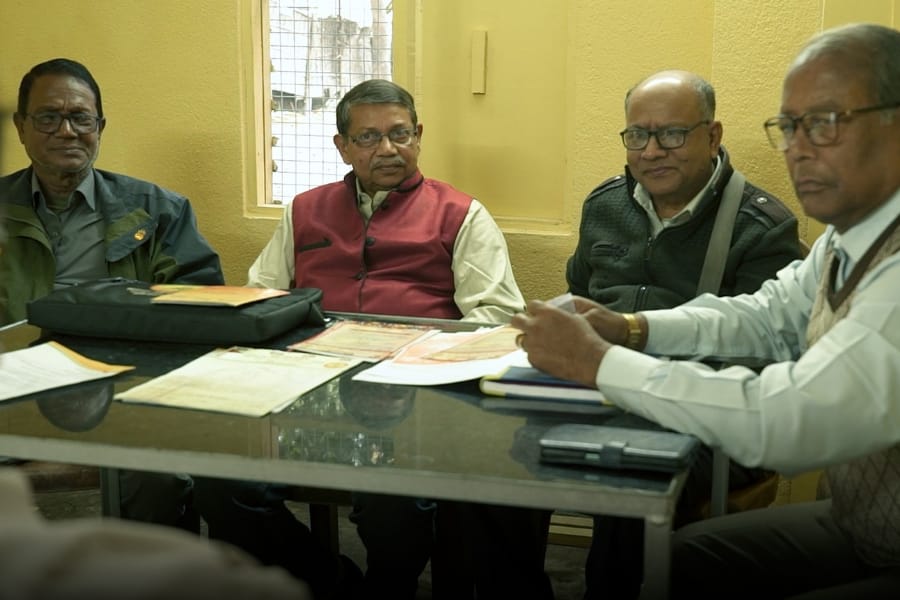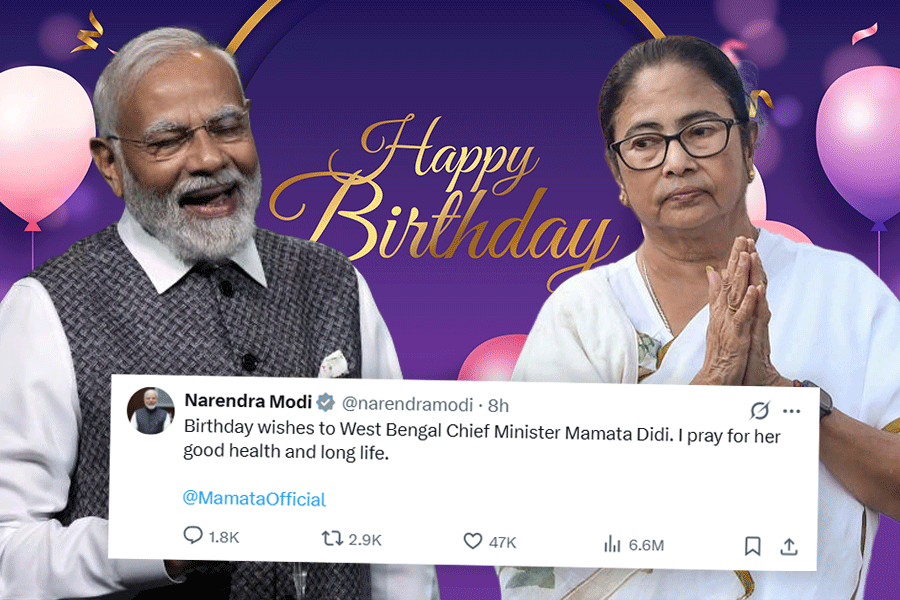Journey to the ends of the world
 |
KAMALADEVI CHATTOPADHYAY (National Book Trust, Rs 50) by Jasleen Dhamija is a concise biography of one of the pre-eminent political and social activists in 20th century India. As Dhamija points out in the introduction, she had known her subject intimately, being “one amongst the legion of people [Kamaladevi] shaped”. However, she avoids the usual hagiographic platitudes, choosing instead to cast a more informal, and unsparing look at Kamaladevi’s life. Which is why, despite her attention to documentary history, Dhamija does not hesitate to use anecdotal history as a means of achieving a holistic ‘life-writing’. Since there are four existing biographies of Kamaladevi, the author has decided to focus in detail on her subject’s involvement in the revival of the arts and crafts in modern India. This has been done expertly by Dhamija, a pioneer herself in recording the history of textiles and handicrafts India.
GOVARDHAN’S TRAVELS (Penguin, Rs 350) by Anand is a translation of P. Sachidanandan’s Malayalam novel by Gita Krishnakutty. Anand’s work purports to be a sequel to Bharatendu Harishchandra’s classic play, Andher Nagari Choupat Raja, a stunning fable on the absurdity of most systems of justice. Anand begins with Govardhan, a passer-by in Bharatendu’s work, who is led to the gallows at the end of the play for a crime he hasn’t committed but simply because the noose happened to fit his neck! In Anand’s imaginative recreation, Govardhan is let outside the prison walls and set free into the world. In the course of his journeys, across space and time, he is turned into an ‘everyman’, a symbol of the human condition. He meets historical, mythological and literary figures, accosts them with urgent questions, pushes through the blur of voices, trying to resist the snares of injustice, refusing to be defeated by life. Govardhan’s sentimental journey — unlike that of Rasselas or Candide, his fellow ‘bildungsroman’ heroes — ends with little comfort as he is engulfed by a Kafkaesque vision of corruption and evil.
A Mirror Greens In Spring (IndiaInk, Rs 295) by Selina Sen is the author’s first novel that looks at the “day-to-day ordinariness of an immigrant Bengali family’s life” during the anxious days of the 1984 anti-Sikh riots in New Delhi. The themes are far too hackneyed to be written about with any degree of freshness — the old grandfather’s coming-to-terms with displacement from his native village, his young granddaughter’s coming-of-age through a sour romance. More scrupulous editing could have reduced the instances of loose punctuation and the few odd linguistic lapses.
 |
ONE-DAY CRICKET: THE INDIAN CHALLENGE (HarperCollins, Rs 295) by Ashis Ray comes with a recommendation from Rahul Dravid, who notes that it is the author’s “personal touch” that makes “a huge difference to the quality of reading”. It is not just Ray’s close and long association with cricket that lends this character to his book, but rather it is his “voice” that narrates a difficult history through anecdotes, facts, figures and analyses. There is an easy facility in Ray’s tone, honed over the years as a renowned commentator, which gives this book its agile pace. Individual chapters focus as much on the history of one-day cricket, as on detailed readings of the matches. For Ray, the crucial ODI for Indian cricket is the World Cup final of 1983. Devoting an entire chapter to this event, Ray shows how India’s victory in 1983 was “the turning point” for the socio-cultural history of cricket. Ray’s arguments are reinforced, rather than made dull, by his frequent use of statistics.










